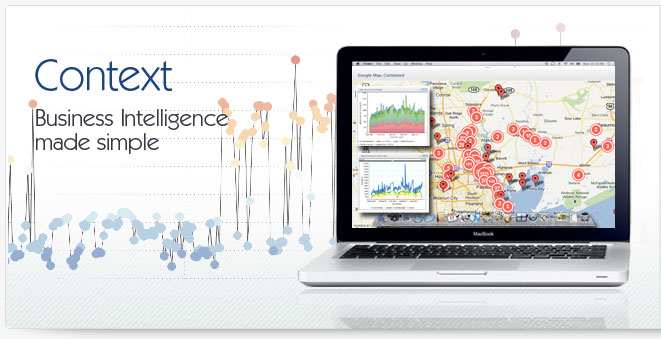What Is SAS Business Analytics?
SAS is an abbreviated form of the term Statistical Analysis System. It is famous business software used for statistical analysis and calculations. SAS is highly potential analytical software that enables the user to analyze all sorts of database systems. You can say that it is an all-purpose business analytics tool that enables interactive data management and planning. Some of the other common tools used for analytics include Excel from Microsoft, Statistical etc. Although there are many business analytics applications available in the market, corporate communities prefer SAS business analytics because they are highly flexible and easy to interpret.
Introduction Of SAS Business Analytics
SAS was originally founded in 1960s. The concept of SAS was introduced by Anthony Barr who was a popular business analyst of his time. Initially, he worked on a formula based application that can convert raw figures into readily usable data or information. He was assisted by James Goodnight who helped him in furthering his discovery. By 1970s, several businessmen had started using SAS to conduct various analytical procedures. However, in the year 1976, Anthony Barr officially started the SAS Institute. Since then the application has gained much popularity and there is a growing demand for SAS business analytics from different industrial sectors.
Application Of SAS Business Analytics
SAS is a multipurpose analytics tool that can be used to plan and predict a wide range of projects. They are best suited to record, calculate and summarize routine business tasks and activities. The application is designed to help the user create easily comprehendible graphs and statistical reports. It is a highly flexible business intelligence application that helps in finding solution for complex business endeavors. SAS business analytics is one of the best business applications that can aid you in managing and scheduling all your business intelligence assets.
Working Of SAS Business Analytics
SAS systems help business analysts to channelize various functions like data transformation, matrix manipulation, programming, statistical representation, correlation charting and preparing contingency tables. SAS business analytics are apt to perform functions like regression, liner and nonlinear regressions, multidimensional scaling, cost and profit analysis, factor analysis, logistic regression, forecasting and preparing graphical reports. SAS is a highly potential analytics tool that helps in expediting the entire business analysis operation. This helps management in taking timely corrective measures and thus improves the profit scales. It also helps them in minimizing or completely evading all sorts of financial and nonfinancial risks and losses.
Benefits Of Using SAS Business Analytics
Over the past 10 years, there has been a growing demand for SAS applications in different industrial and commercial setups. This alone proves the benefits of this multipurpose business analytics tool. Apart from its comprehensively flexible analytical programs and automated data management tools, SAS is considered to be one of the few safest business applications that are subjected to minimal breakdowns and bugs. It is a neat software solution that requires hardly any maintenance. With SAS business analytics, you need not worry about any serious data loss, security breach or data corruption.
|



